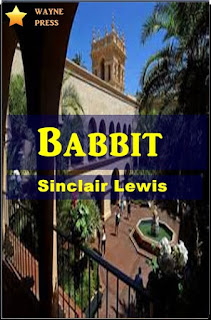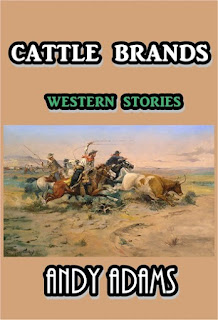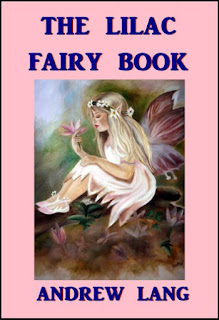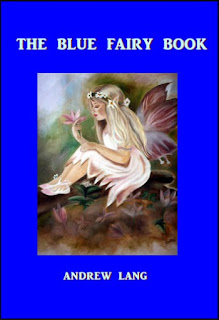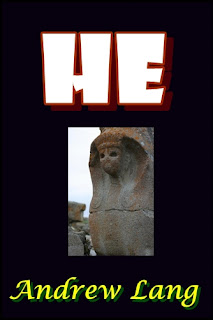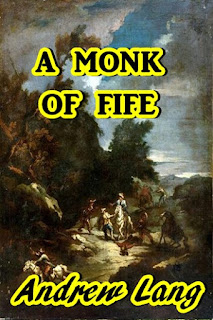A classic tale of romance, strange and evocative, wistful and saddening at the same time. A true classic by Pierre Loti, told in the first person.
Pierre Loti’s novel Madame Chrysanthème (1888) enjoyed great popularity during the author’s lifetime, served as a source of Puccini’s opera Madama Butterfly, and remains in print to this day as a classic in Western literature. Loti’s story, cast in the form of his fictionalized diary, describes the affair between a French naval officer and Chrysanthème, a temporary "bride" purchased in Nagasaki. More broadly, Loti’s novel helped define the terms in which Occidentals perceived Japan as delicate, feminine, and, to use one of Loti’s favorite words, "preposterous"—in short, ripe for exploitation.
Louis Marie-Julien Viaud (January 14, 1850 - June 10, 1923) was a writer, who used the pseudonym Pierre Loti.
Viaud was born in Rochefort, Charente-Maritime, France, to an old Protestant family. His education began in Rochefort, but at the age of seventeen, being destined for the navy, he entered the naval school in Brest and studied on Le Borda. He gradually rose in his profession, attaining the rank of captain in 1906. In January 1910 he went on the reserve list.
His pseudonym has been said to be due to his extreme shyness and reserve in early life, which made his comrades call him after "le Loti", an Indian flower which loves to blush unseen. Other explanations have been put forth by scholars. It is also said that he got the name in Tahiti where he got a sun burn and was called Roti (because he was all red like a local flower), he couldn't pronounce the r well so he stuck with Loti. He was in the habit of claiming that he never read books (when he was received at the Académie française, he said, "Loti ne sait pas lire" ("Loti doesn't know how to read"), but testimony from friends and acquaintances proves otherwise, as does his library, much of which is preserved in his house in Rochefort. In 1876 fellow naval officers persuaded him to turn into a novel passages in his diary dealing with some curious experiences at Istanbul. The result was Aziyadé, a novel which, like so many of Loti's, is part romance, part autobiography, like the work of his admirer, Marcel Proust, after him. (There is a popular cafe in current-day Istanbul dedicated to the time Loti spent in Turkey.) He proceeded to the South Seas as part of his naval training, and several years after leaving Tahiti published the Polynesian idyll originally named Rarahu (1880), which was reprinted as Le Mariage de Loti, the first book to introduce him to the wider public. This was followed by Le Roman d'un spahi (1881), a record of the melancholy adventures of a soldier in Senegambia.
Loti on the day of his reception at the Académie française on 7 April, 1892In 1882, Loti issued a collection of four shorter pieces, three stories and a travel piece, under the general title of Fleurs d'ennui (Flowers of Boredom).
In 1883 he entered the wider public spotlight. First, he publish the critically acclaimed Mon frere Yves (My Brother Yves), a novel describing the life of a French naval officer (Pierre Loti), and a Breton sailor (Yves Kermadec), described by Edmund Gosse as "one of his most characteristic productions". Second, while taking part as a naval officer in the undeclared hostilities that preceded the outbreak of the Sino-French War (August 1884 to April 1885), Loti wrote an article in the newspaper Le Figaro about atrocities that occurred during the French bombardment of the Thuan An forts that guarded the approaches to Hue (August 1883), and was threatened with suspension from the service, thus gaining wider public notoriety.
In 1886 he published a novel of life among the Breton fisherfolk, called Pêcheur d'Islande (Iceland Fisherman), which Edmund Gosse characterized as "the most popular and finest of all his writings." It shows Loti adapting some of the Impressionist techniques of contemporary painters, especially Monet, to prose, and is a classic of French literature. In 1887 he brought out a volume "of extraordinary merit, which has not received the attention it deserves", Propos d'exil, a series of short studies of exotic places, in his characteristic semi-autobiographic style. The novel of Japanese manners, Madame Chrysanthème— a precursor to Madame Butterfly and Miss Saigon and a work that is a combination of narrative and travelog— was published the same year.
During 1890 he published Au Maroc, the record of a journey to Fez in company with a French embassy, and Le Roman d'un enfant (The Story of a Child), a somewhat fictionalized recollection of Loti's childhood that would greatly influence Marcel Proust.
